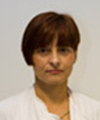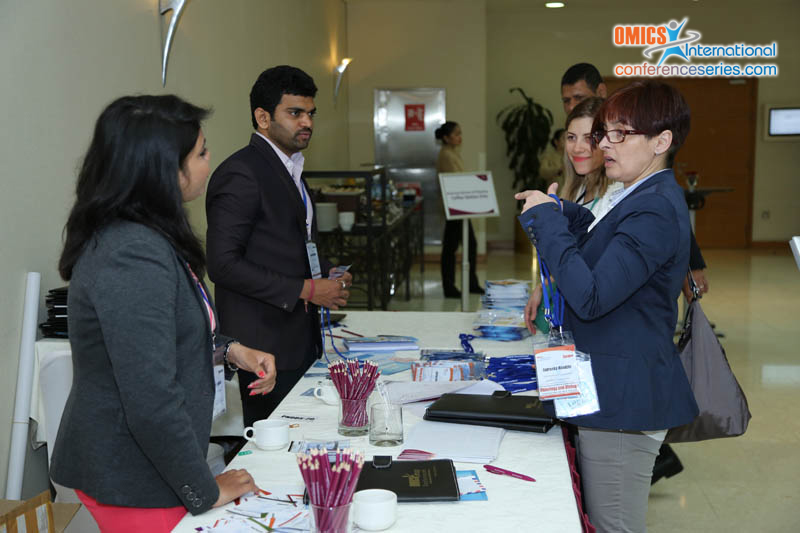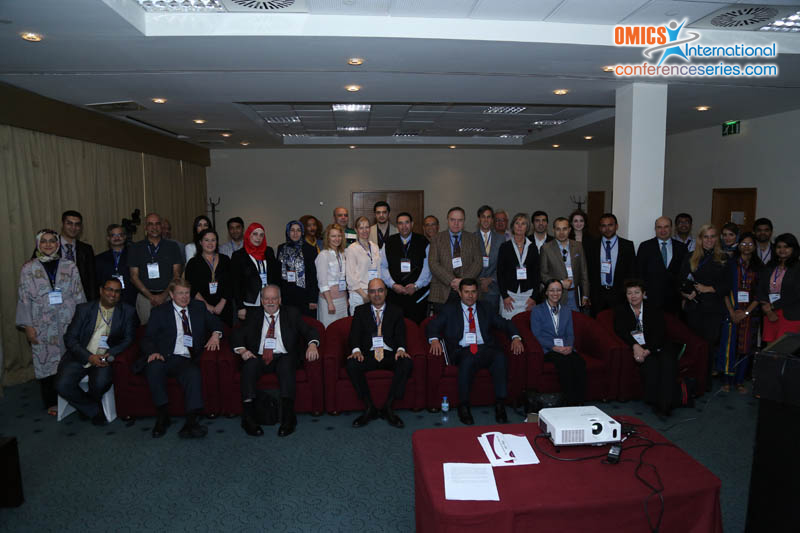
Jadranka Handzic
University hospital center, Croatia
Title: Tympanometric findings in cleft palate patients: influence of age and cleft type
Biography
Biography: Jadranka Handzic
Abstract
Objective: Conductive hearing loss associated with otitis media with effusion is usually finding in cleft lip and palate children. Method: Tympanometry performed in 57 children with bilateral (BCLP), 122 unilateral cleft lip and palate (UCLP) and 60 children with isolated cleft palate (ICP) according to age sub-groups, median age of groups 5y. All children undergo no previous ear surgery and undergo standard method of cheilognathopalatoplasty. Results: B type is most frequent in ICP (58.3%) less in UCLP (50.6%) and lowest in BCLP (46.5%).UCLP children show higher decrease B type ears with aging (rs=-0.4430) than BCLP (rs=-0.3186) and ICP (rs=-0.3378). Moderate hearing ears (21-40dB) showed highest decrease of B type with aging, lower decrease (rs=0.2184) have ears with mid threshold 11-20dB and lowest showed ears with severe hearing loss. At age 1-3y UCLP have higher rate of B type ears than BCLP and ICP which start to decrease at age 7-12y.At BCLP B type ears increase in frequency at age 4-6y.In ICP patients decrease in B type is not significant until 15y when first decrease showed. Type A is typical for older ages while B type for younger ages with significant decrease at age 4-67 and 7-9y no ear side difference. BCLP showed increase at 4-6y and the slowest decrease than other types. Conclusion: Cleft types due to craniofacial characteristics with aging have different mode of pathophysiological changes of middle ear desease.
Speaker Presentations
Speaker PDFs
Speaker PPTs Click Here


